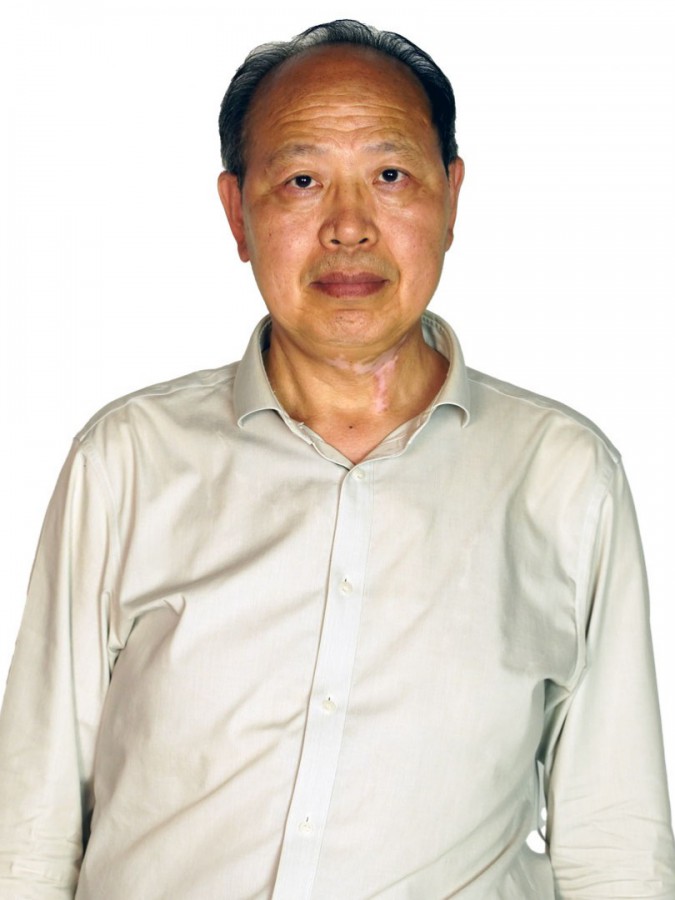abstract
Computers and computing systems are getting an increasingly essential role in society, as revealed by the current emergence of Artificial Intelligence. The further increase in computer systems and digitalization of society will certainly demand innovative computing systems with higher processing speeds at low energetic and capital costs. Remarkable developments in the last five years have been reported for quantum computing; nevertheless, photonic and molecular computing has also been evolving with the potential of reaching the maximum possible miniaturization by using molecules as building blocks for basilar logic systems. One of the main challenges for molecular logic is the logical connection between molecular elements, called concatenation. Until now, concatenation of molecular logic gates has been exclusively reported using chemical species, with obvious practical limitations. In this work, the first photonic concatenation of a NAND with an AND molecular logic gate is presented. The logic system is implemented on nanoplatforms of Yb3+/Er3+ core@shell Sr2YF7 nanocrystals that are used to define combinatory logic gates and temperature-reconfigurable logic systems. The results show that upconverting nanocrystals are promising platforms for the development of solid-state molecular logic devices. These devices can reproduce the logical operations that are currently implemented in electronic devices. The first photonic concatenation of a NAND with an AND molecular logic gate on platforms of Yb3+/Er3+ core@shell Sr2YF7 nanocrystals is presented. The system is activated by NIR irradiation and heat and can be used to define combinatory logic gates and temperature-reconfigurable systems. These results show that upconverting nanocrystals are promising platforms for the development of solid-state molecular logic devices. image
keywords
UP-CONVERSION; ARTIFICIAL-INTELLIGENCE; INFORMATION; EXCITATION; GROWTH; LIGHT; IONS; ER3+
subject category
Materials Science; Optics
authors
Zanella, S; Hernández-Rodríguez, MA; Fu, LS; Shi, R; Carlos, LD; Ferreira, RAS; Brites, CDS
our authors
Projects
CICECO - Aveiro Institute of Materials (UIDB/50011/2020)
CICECO - Aveiro Institute of Materials (UIDP/50011/2020)
Associated Laboratory CICECO-Aveiro Institute of Materials (LA/P/0006/2020)
acknowledgements
This work was developed within the scope of the project CICECO-Aveiro Institute of Materials, UIDB/50011/2020, UIDP/50011/2020, & LA/P/0006/2020, financed by national funds through the FCT/ MEC (PIDDAC). Financial support from the Logic All Project (PTDC/CTM-CTM/0298/2020) Portuguese funds through FCT/MCTES is acknowledged. S.Z. acknowledges Fundacao da Ciencia e Tecnologia (Portugal) for a Ph. D. grant (SFRH/BD/144239/2019). M.A.H.-R. and R.S. acknowledge the Logic ALL (PTDC/CTM-CTM/0298/2020) and the NanoHeatControl (POCI-01-0145-FEDER-031469) projects, respectively.






